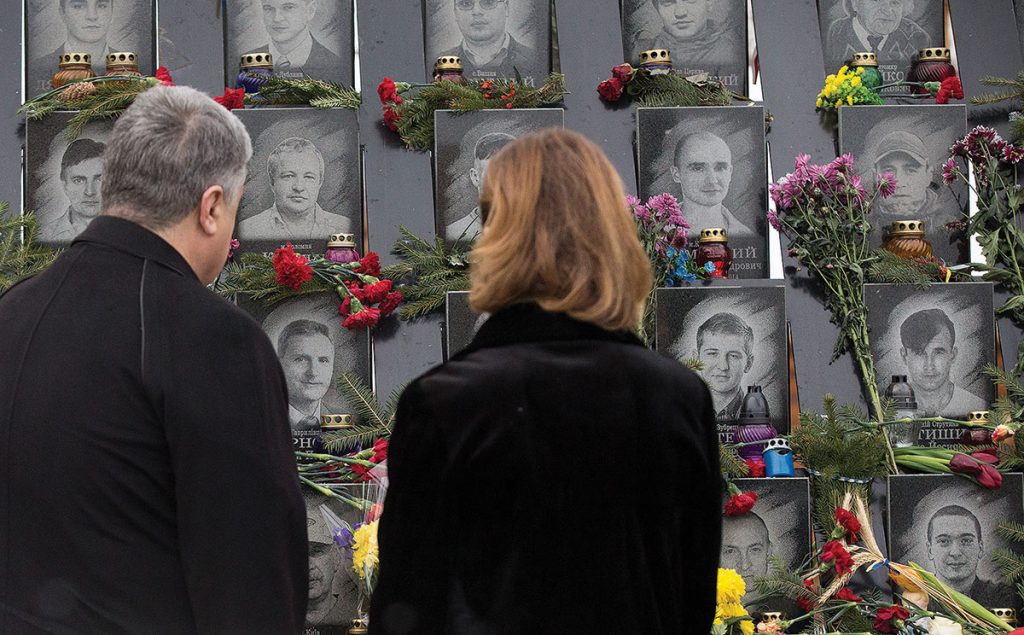KYIV – The first protester was mowed down by sniper fire on February 20, 2014, exactly at 8:59:34 a.m. on Instytutska Street leading up towards Kyiv’s government quarter. Thirty minutes and 23 deaths later, another sniper shot killed Ihor Kostenko near the October Palace on the same street.
The death toll of Euro-Maidan protesters – known as the Heavenly Hundred – ended that day with 48 at 4:57:55 p.m., according to a joint investigation by Talionis and Censor.net that the Prosecutor General’s Office (PGO) corroborates with official statistics.

